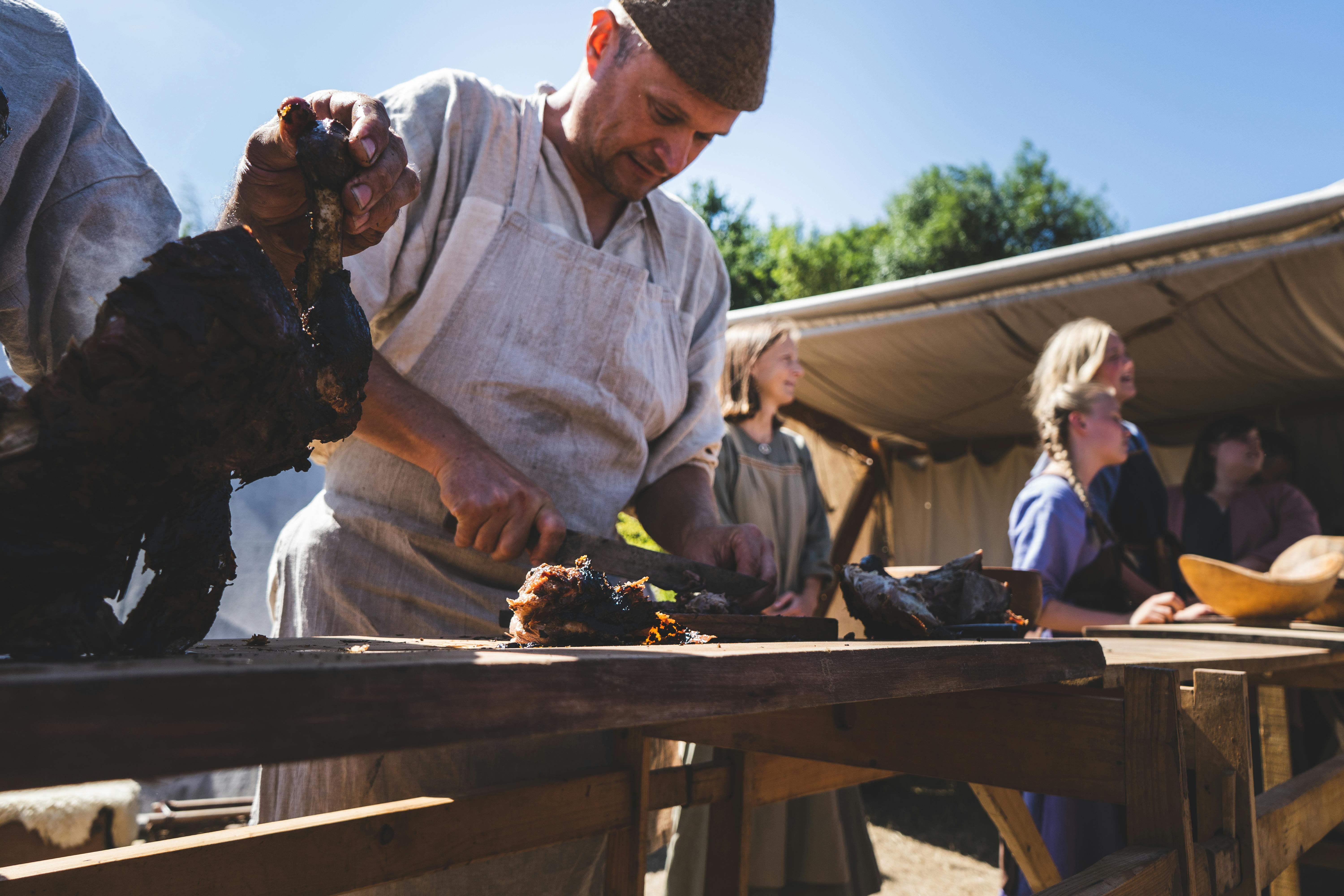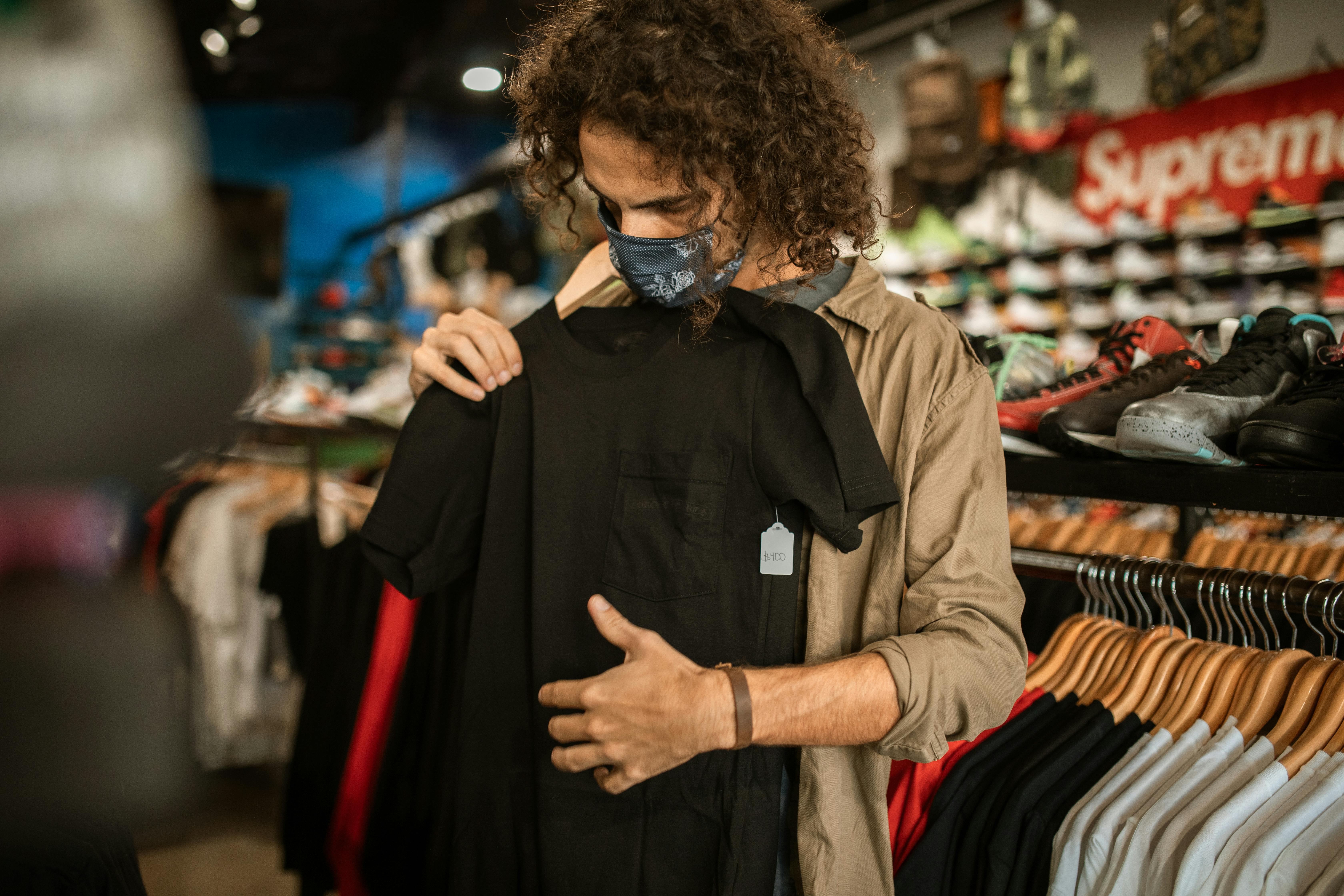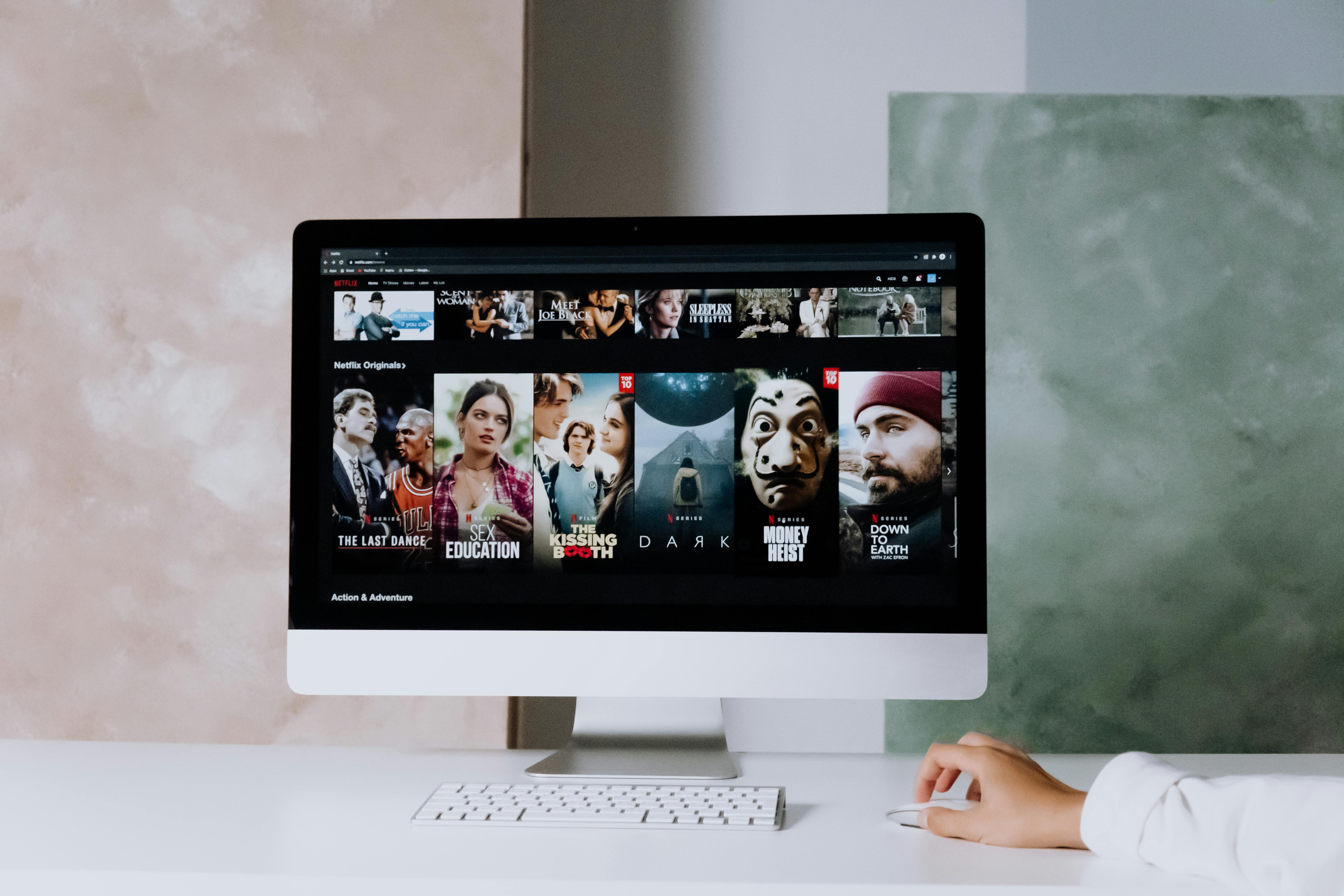The press release has been issued to the media and they are now calling for an interview. Do you pick up the phone and start talking? No. Please take a few minutes to read this article and learn some techniques to make sure your media interview is impactful.
Preparation is the key to a successful media interview. Think of it this way: would you go on stage and give a presentation to thousands of people without preparing your thoughts and fine-tuning your message? I hope not. He would spend some time going through his notes, reviewing his appearance, and making sure he remembered his key points. Think of your media interview as a presentation to a large group of people. Even if you can’t see them, hundreds or even thousands (possibly millions) of people will read the article, listen to the interview, or watch the clip.
Okay, let’s start with some basic ways to prepare.
1. Write your three key messages. When you finish your interview, what are the three key points you want the reporter and the audience to remember?
2. Frame your interview around these key points. When you are asked questions that are “out of message”, come back to these points. Use them to get out of complicated questions. Example: While that’s a good question, I want to stress that it’s important to remember to… insert a key message.
3. Determine which media outlet you are talking to and the average length of the audio or video clips or the length of the story to print. If it’s radio and the interview is for a short news story, keep the interview short as they will likely only use a 10-30 second clip. If it’s TV or video, you can get 60 seconds of you speaking in the story.
4. Tailor your message to meet the needs of the media audience. Is this a local media outlet? National? Is the audience your peers or the general public? Each media interview should be unique, tailored to meet the needs of the specific audience, rather than repeating the same information in the same way in 10 different media interviews.
5. Take stock of your appearance. Solid colors are best for video interviews. No crazy patterns or logos (unless it’s your own company logo). For women, no crude jewelry or exposed cleavage. And for the men: button your shirt and empty your pockets so you won’t be tempted to jingle your keys.
6. Don’t ramble. Stick to your three key points. This way, when your comments are edited, what appears in the story will be on topic.
7. Thank the reporter. Very few people take the time to say thank you.
Once the story is live, review the coverage to see how well you delivered your message and identify how you can improve for future interviews.










